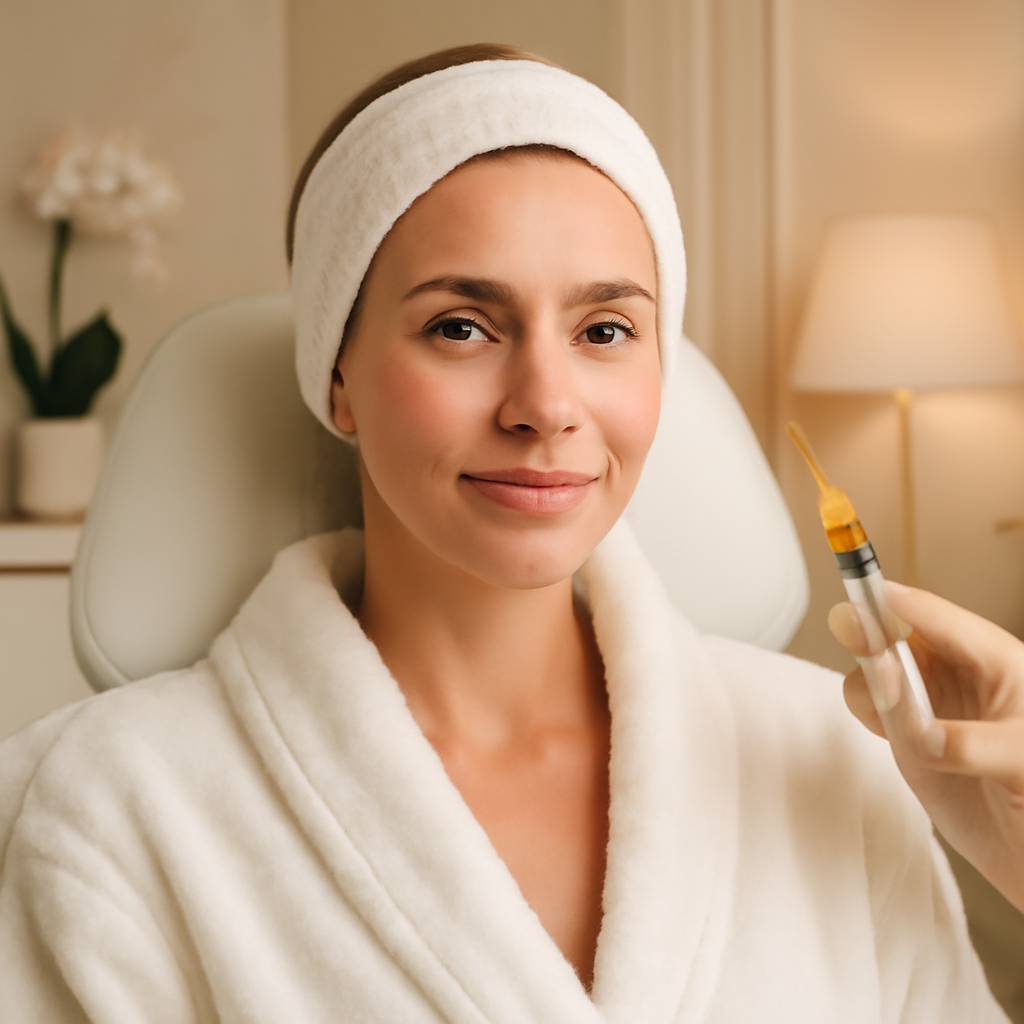Understanding PRP Therapy: Safety and Potential Side Effects
Platelet-Rich Plasma (PRP) therapy has gained popularity in the aesthetic industry for its natural approach to skin rejuvenation, hair restoration, and other skin-related concerns. As a trusted provider, The Clinic Room prides itself on offering safe and effective treatments performed by experienced professionals. However, like any medical procedure, understanding potential side effects and safety considerations is essential before making a decision.
What Is PRP Therapy?
PRP therapy involves drawing a small amount of your blood, processing it to concentrate the platelets, and then injecting the platelet-rich plasma into targeted areas. The growth factors in PRP stimulate collagen production, promote tissue regeneration, and improve skin elasticity. It’s commonly used for skin rejuvenation, hair loss treatment, and healing post-procedure recovery.
Safety of PRP Therapy
One of the main advantages of PRP therapy is its use of your own blood, which significantly reduces the risk of allergic reactions or transmission of infections. When performed by trained professionals at reputable clinics like The Clinic Room, PRP is considered a safe procedure with a high safety profile.
Common Side Effects of PRP Therapy
Temporary Discomfort and Swelling
Most patients experience mild discomfort during the injections, similar to a pinprick. Swelling, redness, or tenderness at the injection site is common and usually resolves within a few days.
Bruising
Bruising may occur due to needle punctures. Applying ice and avoiding blood-thinning medications before treatment can help minimize this risk.
Infection
Though rare, infection is a potential risk if proper sterile techniques are not followed. That’s why choosing an experienced provider like The Clinic Room is crucial.
Itching or Mild Allergic Reaction
Some individuals might experience mild itching or a localized allergic reaction, which typically subsides quickly. If persistent or severe, seek medical advice promptly.
Rare but Serious Risks
Serious complications from PRP are exceedingly rare but can include nerve injury or tissue damage if not administered correctly. To mitigate these risks, ensure your treatment is performed by certified practitioners with extensive experience in aesthetic procedures.
Pre-Treatment Safety Tips
- Consultation with a qualified medical professional to determine if PRP is suitable for you.
- Disclose your medical history, including medications, allergies, or skin conditions.
- Avoid blood-thinning medications and alcohol 24-48 hours before treatment.
- Follow all pre-treatment instructions provided by your practitioner.
Post-Treatment Care and Safety
Post-procedure, it's normal to experience some redness, swelling, or mild discomfort. To ensure safety and maximize results:
- Keep the treated area clean and avoid touching or scratching.
- Apply cold compresses to reduce swelling as recommended.
- Limit sun exposure and use SPF to protect the skin.
- Follow your practitioner’s advice on skincare products and activities.
Final Thoughts
PRP therapy is a safe, minimally invasive treatment when performed by trained professionals using sterile techniques. While minor side effects like swelling, bruising, or redness are common and temporary, serious complications are rare. The key to a safe and successful experience is choosing an experienced clinic, such as The Clinic Room, and adhering to all pre- and post-treatment guidelines.

If you're considering PRP therapy, schedule a consultation with our expert team at The Clinic Room to discuss your skin goals and ensure a safe, personalized treatment plan. Confidence in your skin starts with the right information and trusted professionals.
Book Assessment
